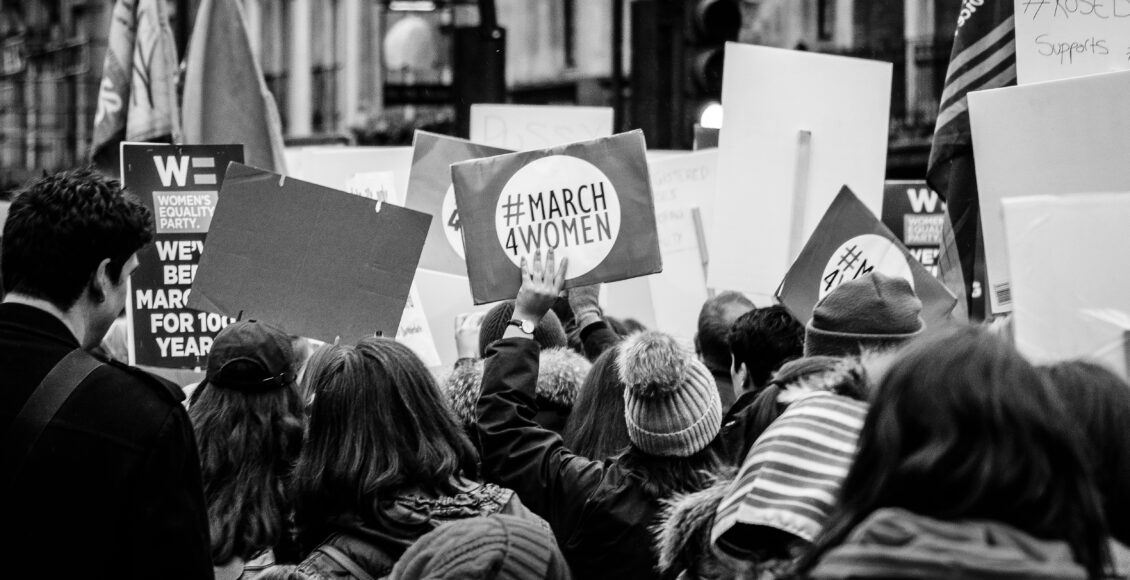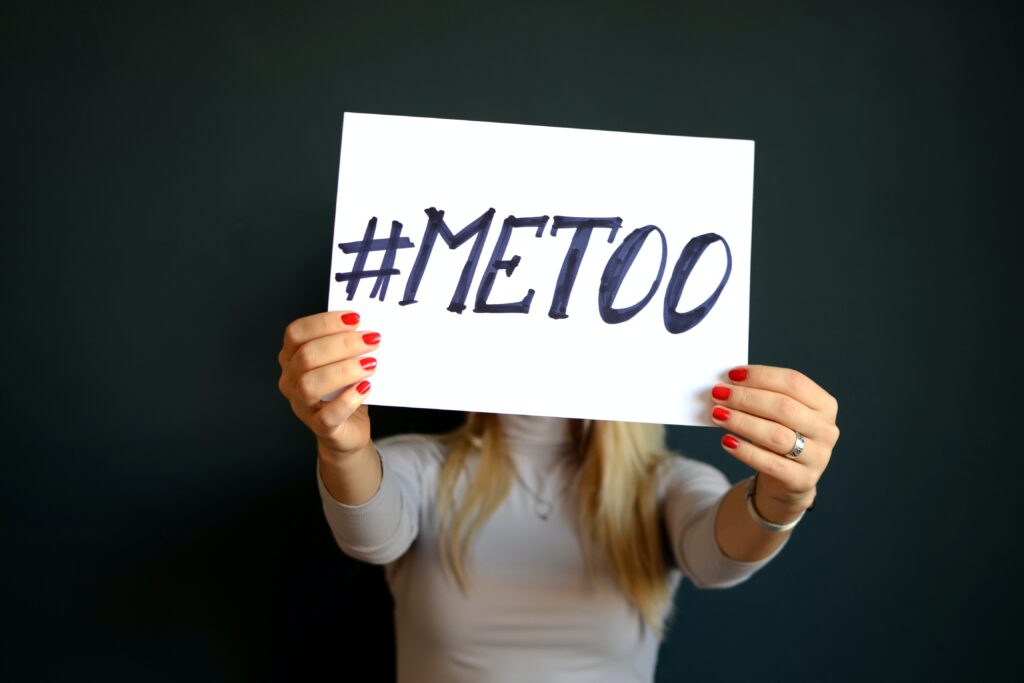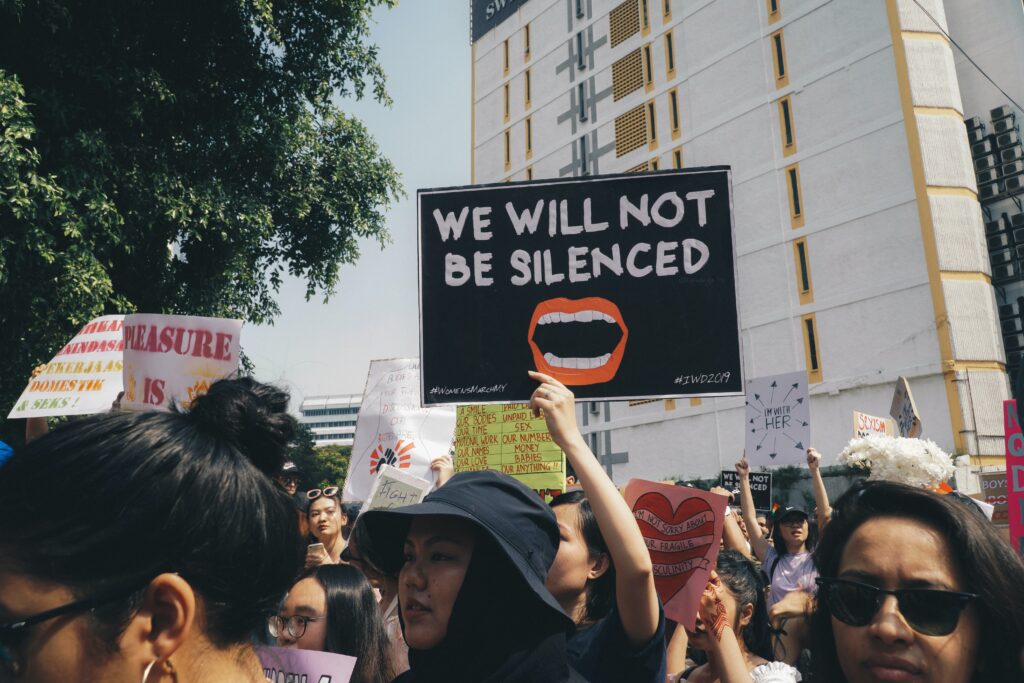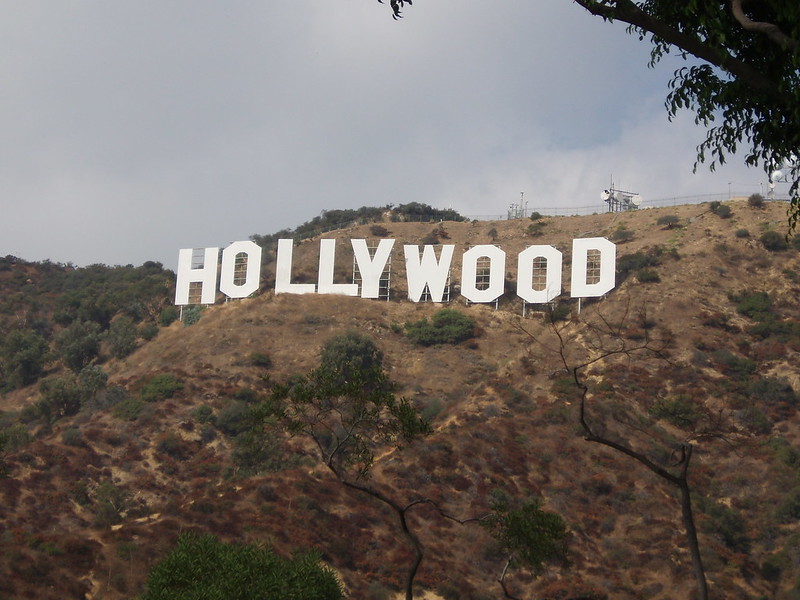What about our workplace? #MeToo changed protocols within the film industry, but has failed to help the rest of us

Introduction
When Hollywood’s most powerful men, such as Harvey Weinstein, Bill Cosby, and Larry Nassar, were swept away by the power of the #MeToo movement, many wondered whether this hashtag was here to stay: After all, this global Twitter movement ultimately led to increased awareness of sexual assault and unprecedented institutional reforms in the film industry. However, six years later, #Metoo has seemingly fallen short in maintaining its success beyond the glamorous celebrity sphere. We’ve all read the headlines featuring allegations of sexual assault and harassment against powerful, influential and famous men, but what about the survivors belonging to marginalized and underserved communities? Untold stories from everyday individuals have yet to receive the recognition that celebrities and high-profile individuals have since acquired from the #Metoo movement, highlighting the need for a new feminist movement that advocates for change beyond workspaces in the film industry.

History
The #MeToo movement first came to the public’s attention in 2006 when American activist Tarana Burke spoke up about her experience of sexual violence, with her goal being to encourage women to come forward with theirs. Tarana Burke did not start this movement with a celebrity focus; she wanted to give marginalized women a platform to talk about their experiences regarding sexual harassment. Burke’s goal was to help everyday individuals from all racial, cultural and socioeconomic backgrounds, including Black women and girls such as herself. However, the movement soon took flight, using the hashtag to voice allegations against film producer Harvey Weinstein.
Institutional Changes
One of the most tangible changes since #MeToo was implementing and reevaluating institutional and legal reforms within Hollywood but not beyond. Since 2017, employers in the film industry have been required to provide more intensive training to prevent workplace harassment, immediately investigate claims of harassment, and implement a “zero tolerance” policy toward offenders.” One specific example of this was the Time’s Up initiative, which was developed from the MeToo movement to pass legislation and create new policies for safety and equity in the workplace. Data from the Equal Employment Opportunity Commission (EEOC) demonstrates that there was, in fact, an increase of 13.6% in sexual harassment charge receipts between 2017 and 2018: 7,609 in 2018 and 7,514 in 2019, respectively, compared to 6,696 in 2017. However, since 2020, the amount of sexual harassment charge receipts has been decreasing. This data demonstrates that, perhaps, sexual harassment in the film industry has, in fact, decreased as a result of new training. Nonetheless, it could also signify that since the decline in the movement’s attention, reporting has also declined. This evidence from the EEOC suggests that impacts from the MeToo movement throughout the film industry have been seen but are yet to be significant in the workplace due to the pervasive culture of silence and insufficient institutional changes.

The Danger of Celebrity Narratives
Over the last six years, there is no question that the #MeToo movement has sparked undeniable change and ignited a ripple effect for progress to continue. Yet, its lack of representation of women in minority groups has led to a grinding halt in systemic change; people of colour, working-class women and transgender people still remain underrepresented. Celebrities at the forefront of this initiative overshadow everyday individuals’ stories and life experiences. ‘Real’ people in society feel as though it is hypocritical of affluent and powerful celebrities to be the leading force of this movement when data clearly demonstrates that women of colour experience a higher rate of sexual violence compared to White women. From 2018 to 2021, the EEOC has seen an increase in harassment charges being concurrently filed with race discrimination charges, with the majority, 71.2% of them, being Black/African American. Before the movement, marginalized women such as Daniela, a domestic worker who was sexually assaulted at the age of 16 years old, were afraid of speaking for fear of getting deported or incarcerated. Maria, a 26-year-old Mexican bartender living in California, experienced harassment at work by her boss but could not afford to get fired as she had a responsibility to send money back to her parents in Mexico. However, the MeToo hashtag gave them a sense of empowerment and courage to come forward and speak up about their experiences. Daniela and Maria are only two of the millions of marginalized women who have been victims of sexual harassment in the United States of America. The research argues that the #MeToo movement has undeniably “reinforced a restricted image of feminism, one in which White, middle/upper-class women with considerable social capital dominate the cause.” Therefore, if there is close to no representation of intersectional feminism in this movement, how can one expect for change to happen beyond the film industry?

Next steps
To truly represent intersectional feminism, a shift away from the film industry is necessary. Advocates of women’s rights and survivors of sexual harassment are constantly working to ensure that systemic reform in all spaces is being attained. To accomplish change, leaders and experts are looking to strengthen sexual harassment laws and create more effective workplace reforms and training so as to foster a culture of change and representation. Amplifying and encouraging more media representation of diverse groups is also at the forefront of this initiative. Highlighting stories that reflect the diversity of experiences within the #MeToo movement will ensure that the movement actively includes individual voices from diverse backgrounds, truly representing its intersectionality. Change is slow and nonlinear, and there is still much to be done, especially in industries and workplaces other than the entertainment industry. Nonetheless, #MeToo has come a long way and has made a significant difference in challenging systems of systemic injustice.
Edited by Anna-Sophia Everett.
Featured Image: Grayscale photo of group of people performing rally on street #MARCH4WOMEN. Photo by Giacomo Ferroni licensed under Unsplash.com CC BY 2.0.
